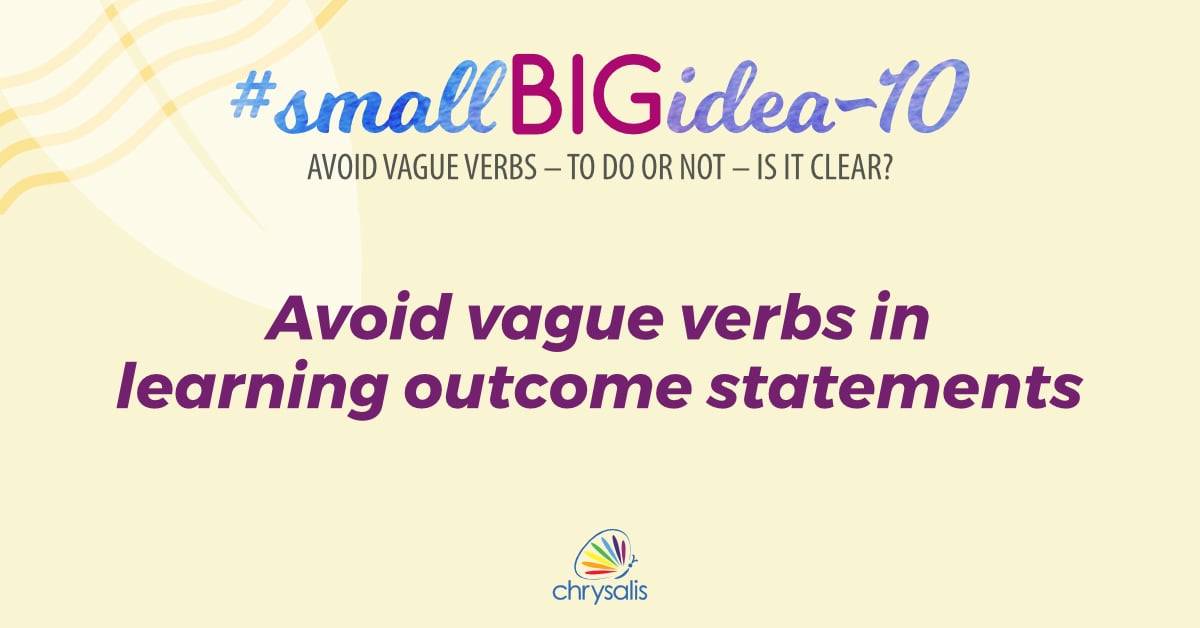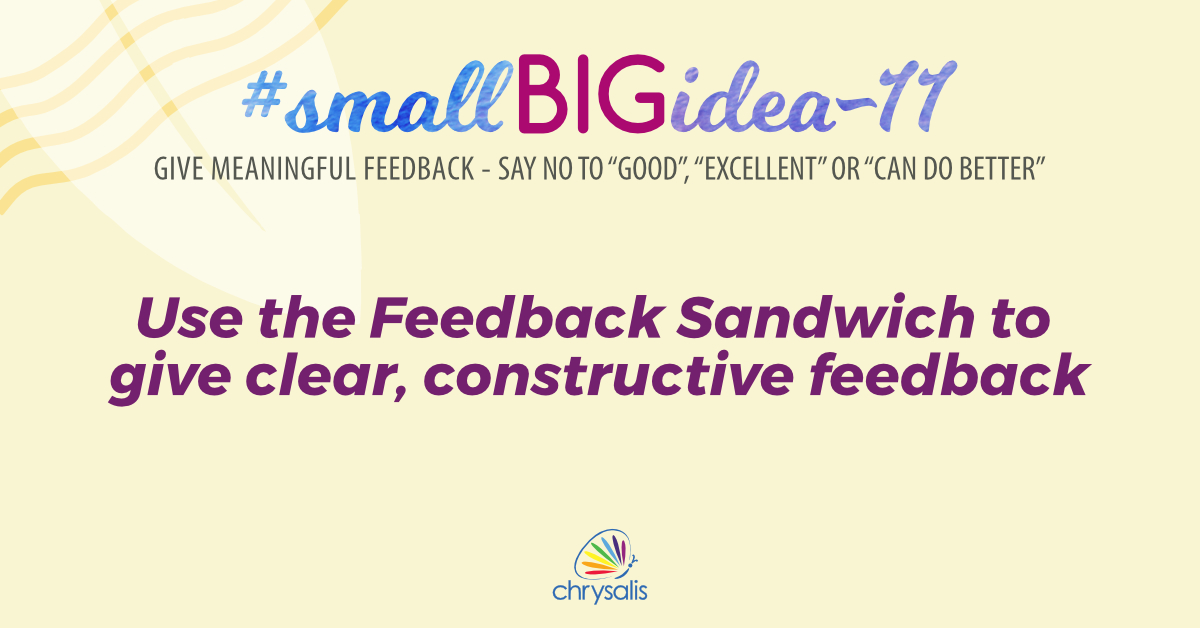
Why do we use a verb?
To drive a specific action. Like eat, read, run, write etc.
Where do we use this in our schools?
To instruct the children in the classroom, for activities, assignments…just about every learning
experience starts with an instruction with a verb. And instructional clarity in classrooms is key to a child's learning journey.
What are some vague verbs in instructions?
What does “You will understand how to do fractions today” mean? One child might interpret
it as “identifying numerator and denominator in a fraction” while another might understand
it as “dividing a whole into parts”. Both might have understood. And both of them might NOT
have understood at all. So…how do we asses the child’s understanding and our facilitation in
the class?
Use concrete verbs in learning outcome statements for better and deeper learning!
Learning Outcomes use action verbs to describe what children should be able to do at the end
of a lesson. However, it is best to avoid words such as ‘know’ and ‘understand’ in favour of more
specific verbs that say what a child can DO to demonstrate their knowledge or understanding.
That will be much easier to assess.
Presenting...#smallBIGidea - 10
| WHAT CAN YOU DO: | |
| 1 | Clearly state the learning outcome to the class |
| 2 | Make sure the learning outcome is visible to every child in the class |
| 3 | Focus on the action words |
| 4 | Double check with children if they have understood – clear their doubts |
| 5 | Move around to observe if children are struggling – signs of struggle could mean the children are not clear about the learning outcomes. |
Pedagogic “Why” for this #SmallBIGidea:
If the child’s understanding of a lesson is a journey, then the learning outcomes play the role of navigators. A GPS or a compass that shows the direction in which the child has to move forward in their learning journey.
- Learning outcome gives a clear idea to the children on what they are going to achieve at the end of a topic/session/period.
- Clear learning outcomes can help teachers plan a lesson more effectively and can lead to higher efficiency of output from the class.
- Well phrased learning outcomes make assessments mapping clear and easy.
- Learning outcomes help in measuring the effectiveness of the unit.
Let’s try our hand at phrasing learning outcomes:
(Hint: Add the prefix ‘Children will be able to…” in your learning outcome statements. This forces you to add a verb that reflects action.)
| Children…today you will be able to understand fractions. | |
| You will know the importance of carbohydrates in today’s class | |
| Today, we will understand and appreciate the variety in eating habits of animals | |
| We will learn about nouns today |
- Biggs, J. (2016, 1 1). Constructive Alignmant. Retrieved from John Biggs: http://www.johnbiggs.com.au/academic/constructive-alignment/
- Harvey, L. (2017, 1 2). Analytic Quality Glossary. Retrieved from Quality Research International: http://www.qualityresearchinternational.com/glossary/learningoutcomes.htm
- http://www.uwindsor.ca/ctl/sites/uwindsor.ca.ctl/files/primer-on-learning-outcomes.pdf
What are #smallBIGideas?
Presenting, some #SmallBigIdeas that can transform Formative Education in your schools. They are seemingly small but definitely impactful. Because, all you would need is an open mind and a willing heart.
What: One #smallBIGidea a week - just 1-minute reading time.
How: #smallBIGidea sent to your email ID with link to a one-page document that explains the pedagogy and the steps to implement it.
It is these simple ideas that can go on to bring a radical transformation. In your school. For the child.





